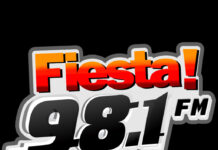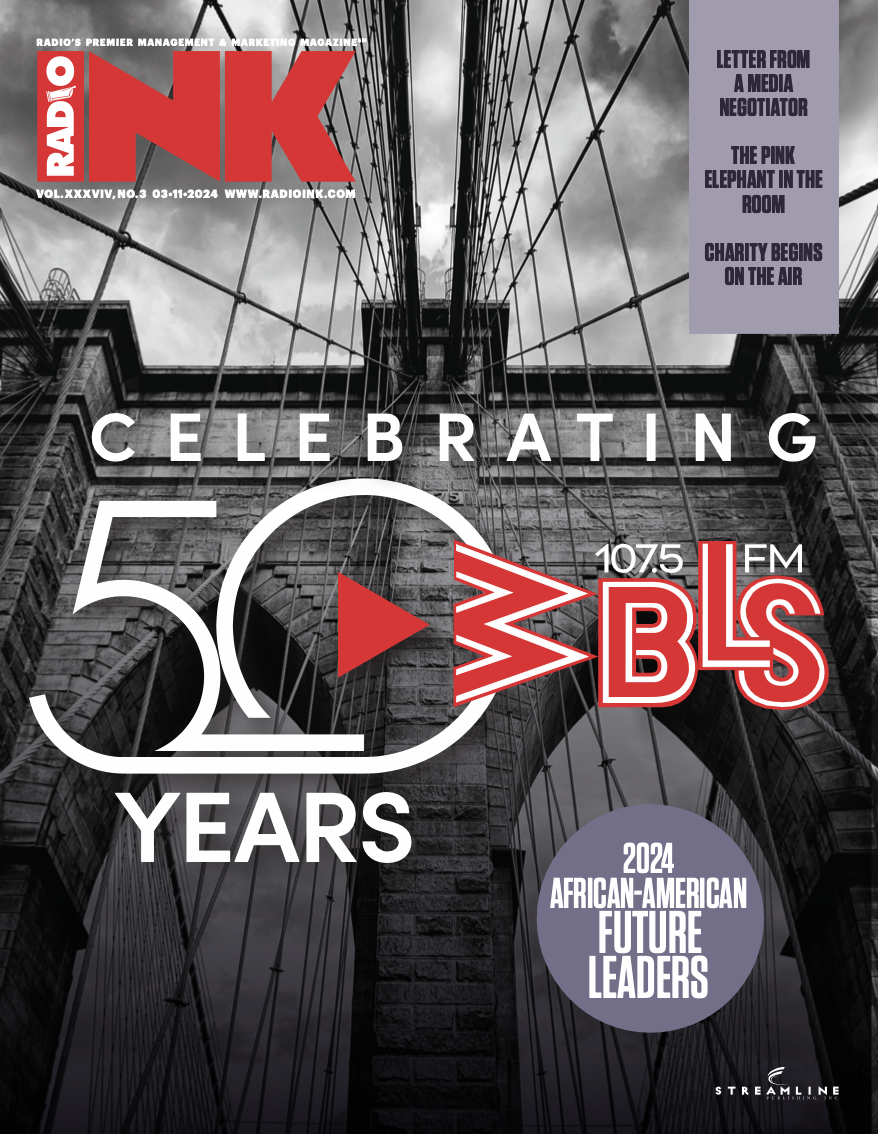
(By Radio Ink Chairman Eric Rhoads) A couple of decades ago I wrote a story about what the radio industry would look like in 20 or 30 years. We were beginning the process of local marketing agreements, which soon led to companies consolidating and buying up everything in sight. The article discussed advantages and disadvantages. Yet the biggest takeaway was that once radio owned most of its competition, it would significantly reduce its level of promotion — and that would have a devastating impact on the industry overall.
Why would you need to promote to get listeners if you own all the stations that matter in your market? Why would you possibly need to do billboards, TV, and other outside promotion?
My premise was that most would conclude they didn’t need to do any outside advertising anymore. Most in radio assumed those campaigns only took business from competitors, but I felt that not promoting ourselves would result in declining revenues and listening shares.
The reality, I believe, is that without constant reminders to the outside world that radio exists, and that we’re doing exciting things, listeners will be seduced by other media. “But wait, Eric! Nielsen says listening levels are up.” True, but that is primarily because Nielsen started adding younger listeners to the total numbers. Where would overall radio listening be without that change?
And the effect on radio listening isn’t the only issue. When radio fails to practice what we preach, we fall off advertisers’ radar. Do you think advertisers pay attention to who is everywhere, who is out promoting themselves? You bet they do. When radio stations are out of sight, they are out of mind. Though you can say that’s the job of your ad salespeople, there is no way they can touch everyone who might be considering starting a business, or who might be visiting town to launch a new franchise or invest in a business.
When I owned stations, I always kept a few key billboards even when I wasn’t doing a regular campaign. I had the first billboards people saw when leaving and returning to the airport, along with two key billboards going into and out of the downtown area, and boards strategically placed right next to major concert venues.
Why? Because business owners and agencies are in and out of the airport and in and out of downtown, and concert planners visit venues when they’re considering bringing a band to town. I received calls from new businesses coming into the market who told us they liked that we were everywhere. We weren’t, but it felt to them like we were.
Recently when I flew in to the UK, I noticed that a station there had a major presence, dominating every luggage turnstyle. It showed who owned London. Do you think that would impact advertising?
I travel the U.S. about 30 weeks a year, and I rarely see any visuals for radio stations. I’m not hearing much about radio spots on TV these days (even though TV is in decline). Occasionally I’ll see a tiny station logo on a board for a concert or other event, along with its sister stations or even competitors. I doubt those are much noticed, though there are a few exceptions.
I applaud the efforts Entercom is making to promote radio on a national level through the advertising trades. It’s important and well thought out. I also think the iHeart music festivals are bringing in advertisers who want to be a part of the magic.
Yet if radio wants to see a resurgence in listening levels and advertising revenue, perhaps we should consider the benefits of being visible in the marketplace. I’ve seen visibility in major markets for Spotify and Pandora, and I guarantee you it’s helping them with more than in-car listening.
One of radio’s most valuable assets in the past was its ability to promote heavily, be out at every event in the community, and just be visible. We used to own it. Though budgets are slashed and outside promotion is mostly a thing of the past, if there were hard evidence that it would impact advertising levels, would we do it? It’s hard to know for sure, but it makes sense to me.
Eric Rhoads is Chairman of Radio Ink Magazine and can be reached at [email protected]






I agree with you on this one, Eric. iHeart had the opportunity to plaster their stations over all the dormant boards they own, but I didn’t see much of that in my home market area.
Another thing I don’t see anymore is auto window decals. Radio is also missing in action on the Internet with the exception of the station’s own website or maybe a participation logo on concerts or events. Even then it’s not very visible.
Woe is me for the future of Radio. And it didn’t need to be this way.
“If you can afford it, get the station van out more, even just drive it down the street for no reason at all, and that will hopefully attract listeners and advertisers.”
Seriously?
Run the station Clown Car up and down the main drag? Maybe have Chinese fire drills at every intersection. That should bring in the advertisers.
This suggestion, I presume was delivered with some sincerity.
How about (and I’m just kiddin’ around here) the station concentrates on improving the on-air and commercial performances?
Ladies and gentlemen of the radio industry, might as well break out the clown shoes and seltzer bottles as we are in truly deep kak.
I too have a long-held thought about promotion of stations. Some stations are adventurous about getting out in the community. Remember the piece Radio Ink did on Jay Michaels of KjKk (jack-FM) Dallas who said that van hits were part of the reason why the stations website and Facebook saw increased traffic and ratings went up. I see stations that, due to cost cutting, don’t do street promotions, outside of concerts, on the scale they need to. I also see stations that are afterthoughts to the management team. It has been said by others that getting out on the streets helps boost revenue. The old adage applies here: “You gotta spend money to make money”. Unfortunately, with too many stations in bankruptcy or close to it, street promotions have taken a seat on the back-burner for now. If you can afford it, get the station van out more, even just drive it down the street for no reason at all, and that will hopefully attract listeners and advertisers. Bring back the supersticker and maybe do some cheap contesting that way. Get out there and get seen.
I am old. I discovered radio in 1963 and I remember when there really was competition between radio stations because every station in town was owned by someone else. GOD that was fun, as a listener! Now it’s “don’t like our new country station? Try our classic country one. No? How about our classic rock? No? Our hip hop station? CHR? No? Ah well…. Too bad for you.”
Listeners aren’t seen as a commodity anymore. We’re statistics. We’re wallets with legs. We’re a target for advertising, not programming anymore.
I guess it’s time for MORE deregulation. We’ve already killed the golden goose; might as well kick the corpse around some more before burying it altogether.
You are correct. After sort of ‘feeling’ that our retail advertising seemed to jump when we hit sweeps and advertised (TV/Billboards), as a GM I actually started to track and watch for it. And it did. Almost always. The jumps were actually higher on the lower ranked stations. My guess is advertising made them appear stronger to clients who didn’t know the ratings. It only makes sense really. When our advertisers run spots their business goes up. Why wouldn’t the same occur for radio?
I have a seriously-held suspicion, Eric.
It is about owners neglecting to promote their stations using other media because, at some level, maybe even unconsciously, they are holding the position that they really have nothing available on the air that is worthy of promotion.
For the most part, of course, they would be correct in entertaining such legitimate anxieties